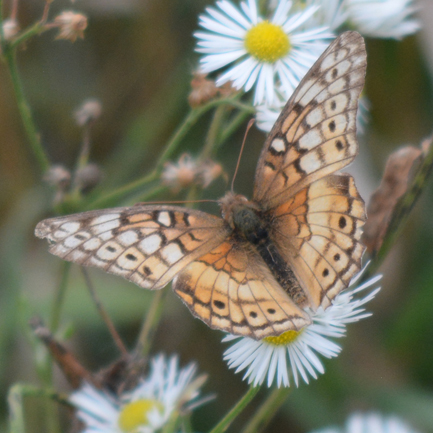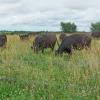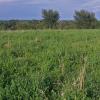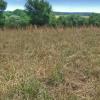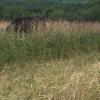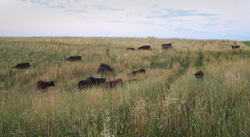Many grassland birds are in serious decline from disappearing habitat. By delaying our first hay cutting or grazing on a percentage of our pastures until after July 1st, grassland and ground nesting birds are allowed time for nesting with minimal disturbance. Planning and adjusting the grazing schedule as the cows move through our pastures with "Managed Grazing", gives us the flexibility to create habitat for these birds. Our pastures are diverse with a high number of forbs along with the grasses which creates taller and shorter plant materials to meet the nesting preferences of various birds.
After leaving our first few pastures ungrazed or unmowed until July, the birds soon began to arrive and from there we could see what they used and where they made nesting sites. When we initially layed out our grazing system we fenced an alley for moving the cattle from one pasture to the next along the highest ridge on our farm running north-south. The fence along the alley has become a favorite vantage point for many of the birds to watch over their territories.
Start on delayed paddock
halfway through graze
finished and trampled
same place 23 days later

Delayed Haying & Grazing
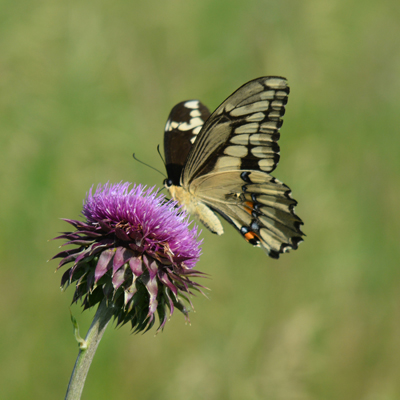
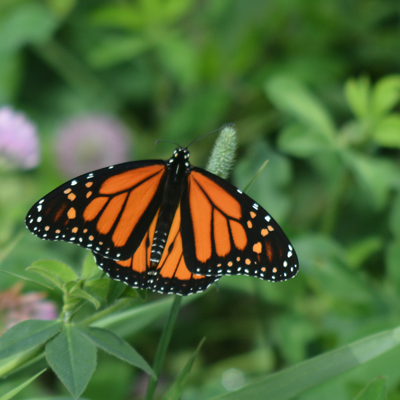
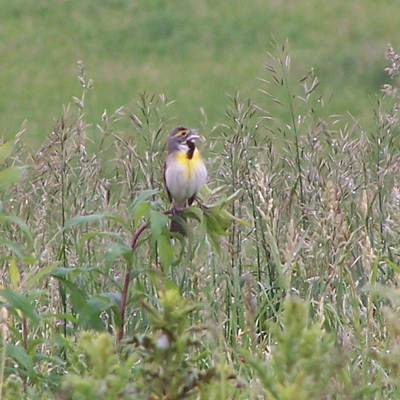
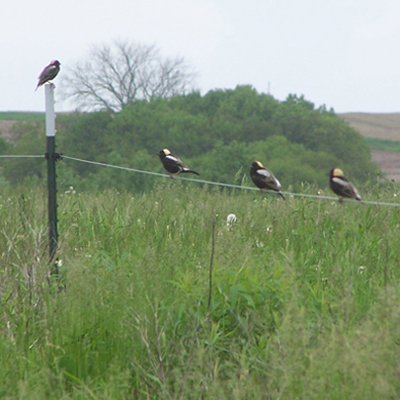
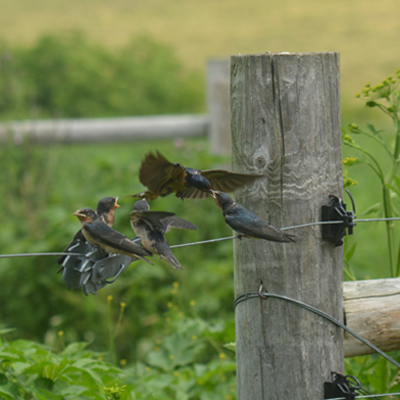
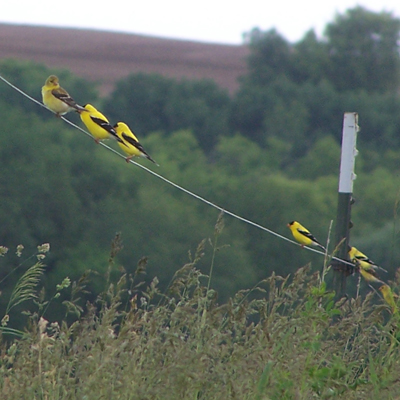
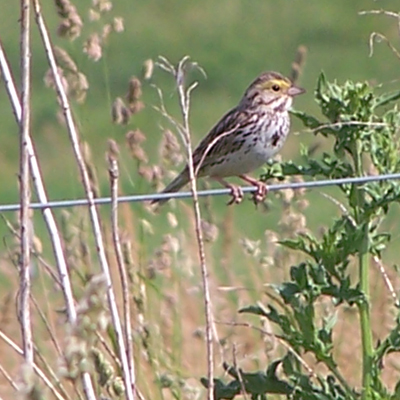
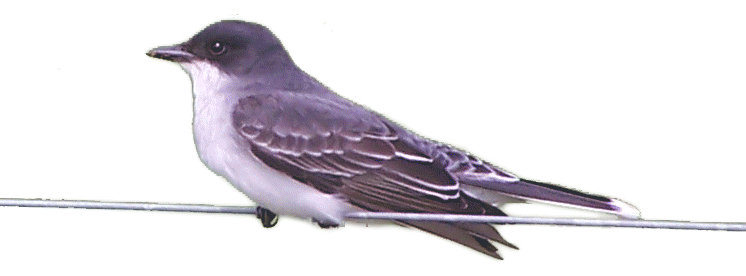
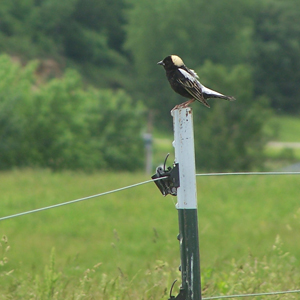
is for the birds!
Rolling out our hay for winter feeding is for the soil ...
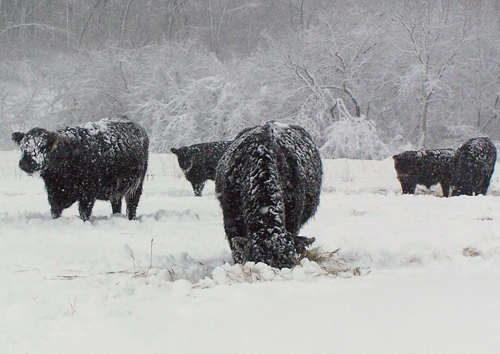
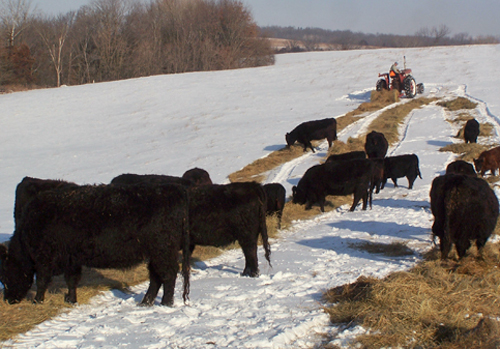
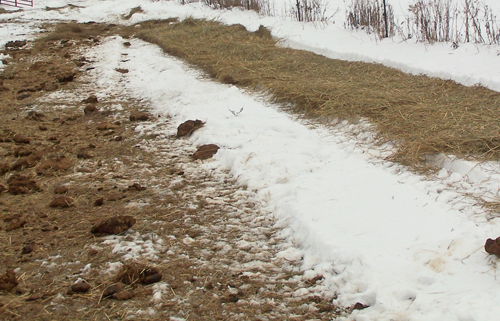
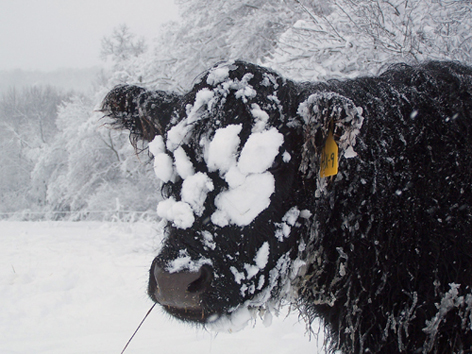
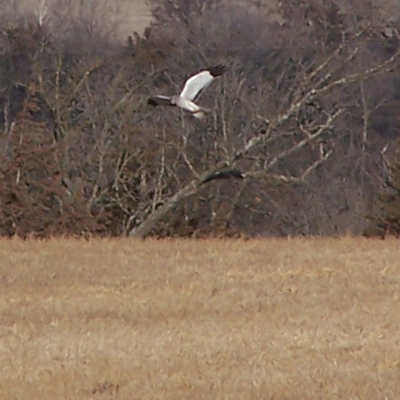
These are photos of birds taken on our farm.
From the top left: Dickcissel, Bobolinks, Barn Swallows, Unknown- Bell's Vireo? (please e-mail if you can identify this little bird), Golfinches, Savannah Sparrow, Meadowlark, Bobolink, Northern Harrier and a Yellow Warbler
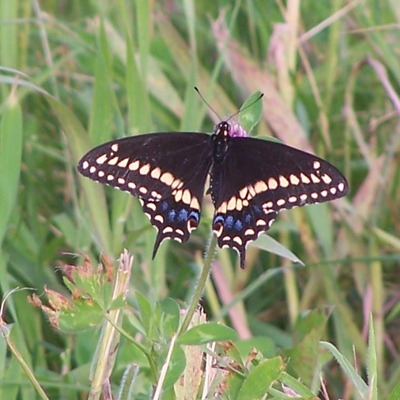
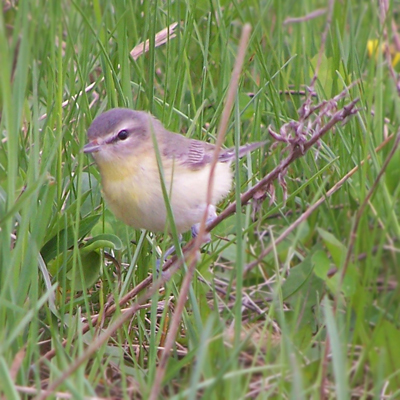
In our area during the latest record high corn prices most of the CRP land was converted back into corn as well as a lot of the marginal tree and scrub edges on existing corn fields were "cleaned" out with scrapers and planted to corn. The shrubs and trees that were removed provided habitat for the insects that the birds survive on. Planting native shrubs and flowering plants can help to replace some of what was taken out of the habitat.
The following link provides a list of native plants with the number of insect species (birds need insects) that they can support. What to Plant.
Cattle producers still utilizing pastures and hay fields are a big part of agriculture that can work to maintain and reconstruct grasslands and critical habitat.
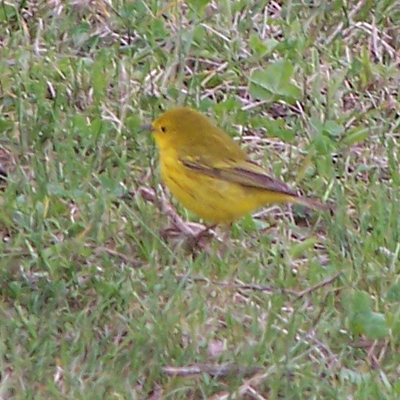
Our Farm Management is Comprised of many smaller pieces all of which make up the whole. When it's all working together we aim for: Happy cows, healthy soils, abundant wildlife and in general a good balanced system that works on it's own and does not require propping up from drugs and chemicals.
A few of the main practices are listed here:
No spraying of any pesticides or herbicides is for life.
The more we leave things alone the more diversity shows up. Yes we have "weeds", and I'm sure we must have a lot of leafhoppers or something like that but neither seems to be causing us a lot of problems. This Aster weed that appeared a couple of years ago ends up to be a feast of nectar to bees and butterflies in September and a sweet treat for our cows.
"That which we call a weed would taste as sweet by any name, to a cow" Kelpie the cow 2010
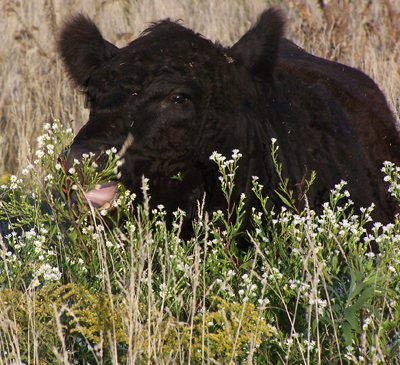
When we feed through the winter months rather than using bale feeders in a feed lot we unroll the big round bales of hay onto the pastures. This practice lays down a wide swath of hay on top of the snow which is eaten & layed on and ultimately manured along. The waste products are a source of slow release fertilizer and organic matter for the soil. We do not experience a lot of wastage of the hay unless it is some bad hay they do not want to eat anyhow which then becomes a good duff layer on the surface of the soil eventually decaying into organic matter. This layer dramatically slows down water movement and reduces run off and erosion by keeping the rain water in place to soak in where it falls.
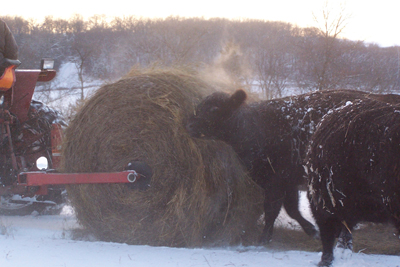
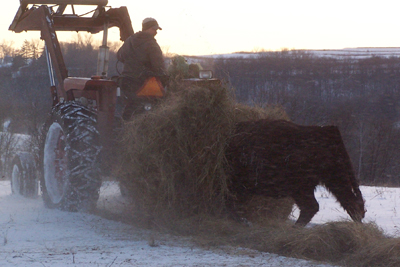
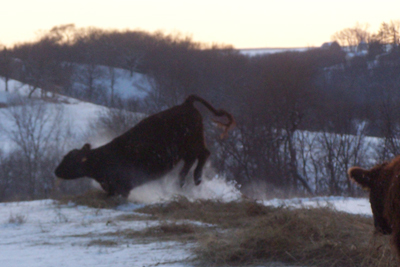
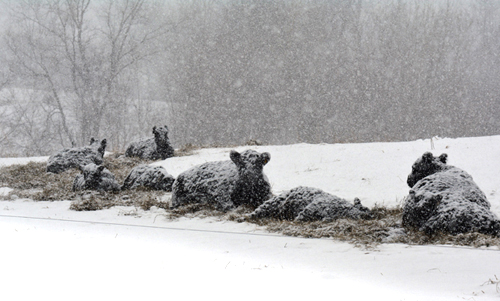
... and the cows
The cows love it, it's low stress because everybody gets to eat at the same time, heifers and calves too, without the pecking order problem that you get at feeders. It's hard to get enough bunk space for the low dogs and by rolling out the bale you know they are all eating good, which is nice, especially when there is a storm or real cold weather forcasted.
There is also a recreational and entertainment value to the unrolling when the animals get so happy they drive their heads into the bale and beat it up and buck and run while it's being unrolled.
Or maybe that's just Galloways!
A Delayed Graze Paddock
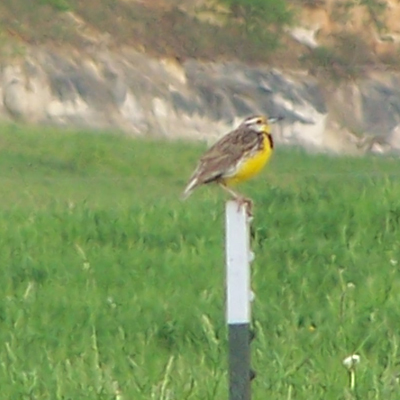
For high quality native plant stock
